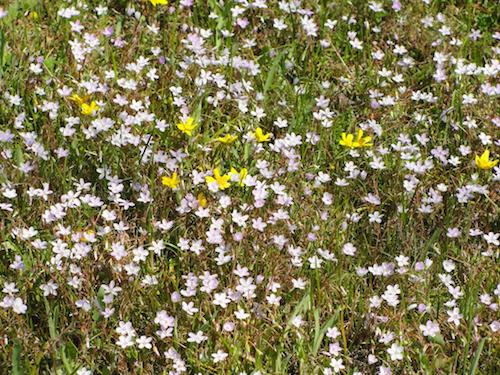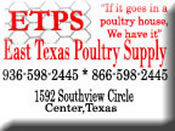
Native and introduced “weeds” are critical sources of pollen and nectar for early season bees and butterflies.
March 5, 2024 - To combat bee and pollinator decline around the country, the practices of delayed mowing and pesticide avoidance on the lawn are growing trends. The total mowed lawn area in the United States is roughly the size of New England. That means collectively what we do to our lawns has a significant impact on the environment. And since the aesthetic and horticultural norm for lawns in the U.S. is closely a cropped monoculture, lawns are often considered “biological deserts” when it comes to pollinators and many other forms of wildlife.
So, here is the buzz about delaying mowing. While it may seem counterintuitive to let weeds and wildflowers flourish, this bee-friendly approach to lawn care can make a world of difference for our myriad pollinator friends.
Remember that honeybees are from Europe as were many of the settlers in America. Consequently, many of our lawn “weeds” are European imports which are important early nectar and pollen sources for honeybees. This lengthy list includes burr clover, chickweed, crimson clover, dandelions, henbit, purple deadnettle, and white “Dutch” clover.
On the other hand, native Texas wildflowers are a vital food source for our hundreds of native bees, offering a rich supply of nectar and pollen essential for their survival. Many of these bees are pollen specialist and require specific plants. These small flowers, often considered weeds by traditional lawn standards, play a crucial role in supporting bee populations and promoting biodiversity. Examples of native lawn “weeds” or wildflowers include bluebonnets, blue-eyed grass, buttercups, Carolina anemone, crow poison, ladies tress orchids, spring beauty, violets, wild geraniums, and wild onions.
From the perspective of a bee, an unmowed lawn dotted with introduced and native wildflowers is a veritable buffet of sustenance. With each flower they visit, bees collect nectar to fuel their energy and pollen to feed their offspring. Delaying mowing allows these floral resources to remain available for longer periods, ensuring bees have ample food to thrive.
Timing is everything when it comes to bee-friendly lawn care. By delaying mowing until after wildflowers have finished blooming and set seeds (or at least until as long as you can tolerate), we can maximize the benefits for bees. A number of gardeners in the South are now practicing “NO MOW MARCH” giving the lawn over to the pollinators until April. Allowing the flowers to complete their life cycle ensures that bees have access to both nectar and pollen, supporting their health and reproductive success.
Another suggestion for a pollinator friendly landscape is setting aside a portion of your property, farm, lake lot, roadside, “back forty,” or vacant lot for taller native grasses and wildflowers. These are known as “pocket prairies” and should only be mowed once a year to allow for spring, summer, and fall wildflowers as well as nesting sites for stem and ground nesting native bees along with our many butterflies including spring and fall migrating monarch butterflies.
The benefits of bee-friendly lawn care extend beyond the bees themselves. Bees are essential pollinators for many of the fruits, vegetables, and flowers that we rely on for food and beauty not to mention the thousands of species of native flowers, shrub, and trees in East Texas. By supporting bee populations, we also safeguard the health of our different East Texas ecosystems and ensure a diversity of both plants and pollinators for future generations here.
Greg Grant is the Smith County horticulturist and Master Gardener coordinator for the Texas A&M AgriLife Extension Service. He is the author of Texas Fruit and Vegetable Gardening, Texas Home Landscaping, Heirloom Gardening in the South, and The Rose Rustlers. You can read his “Greg’s Ramblings” blog at arborgate.com, read his “In Greg’s Garden” in each issue of Texas Gardener magazine (texasgardener.com), or follow him on Facebook (“Greg Grant Gardens”) and Instagram (“ggrantgardens”). More science-based lawn and gardening information from the Texas A&M AgriLife Extension Service can be found at aggieturf.tamu.edu and aggie-horticulture.tamu.edu.








